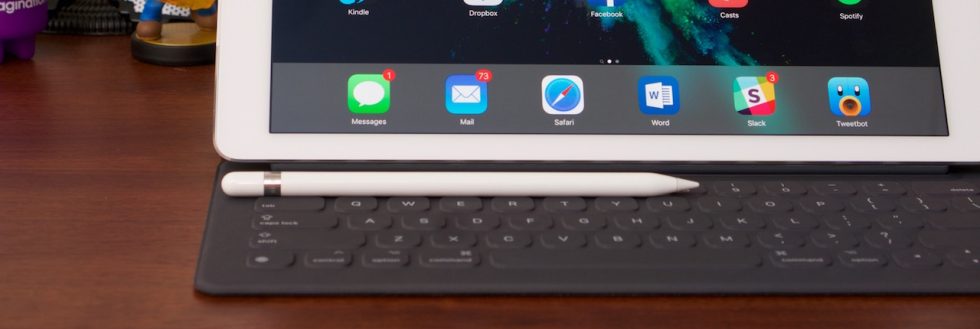
This year, Apple seems to want to push the iPad and the Mac as close together as it can without actually combining them into a single product. Earlier this spring, the new MacBook brought a super slim profile, a Retina display, and a simple-to-a-fault one-port-for-everything design to a fanless computer that still runs OS X. And now, the iPad Pro is bringing a MacBook Air-level processor, more memory, a larger screen, and a first-party keyboard accessory to a big tablet that still runs iOS 9.
It’s Apple’s take on the same basic idea as Microsoft’s Surface Pro lineup, and just as Microsoft has advertised the Surface as “the tablet that can replace your laptop,” Apple is explicitly positioning the iPad Pro as something that can “[replace] a notebook or desktop for many, many people.” It’s definitely a different type of iPad, something the lineup could certainly use. The Mac continues to grow year-over-year at a slow but steady pace, but the iPad and iPad Mini’s incremental hardware updates have failed to halt a year-and-a-half-long slump.
With that in mind, there are still questions that need answering: how good is the iPad Pro and its accessories? How is iOS 9 different on a larger screen, and what does the internal hardware do to earn that “Pro” label? What lessons can Apple learn from Microsoft, which has already iterated on this same basic idea a whole bunch of times? And most importantly, when can an iPad replace a computer (if it can at all)?
Table of Contents
- Look and feel
- iOS 9 on a big screen
- App compatibility and using the zoomed view
- iOS 9’s multitasking still needs a lot of work
- The Smart Keyboard: The tablet that can roughly approximate certain aspects of your laptop
- The Apple Pencil
- Camera
- Internals and performance: The Apple A9X
- Battery life, power, and charging
- Cost breakdown
- An iPad-shaped peg for a Mac-shaped hole
- The good
- The bad
- The ugly
reader comments
515